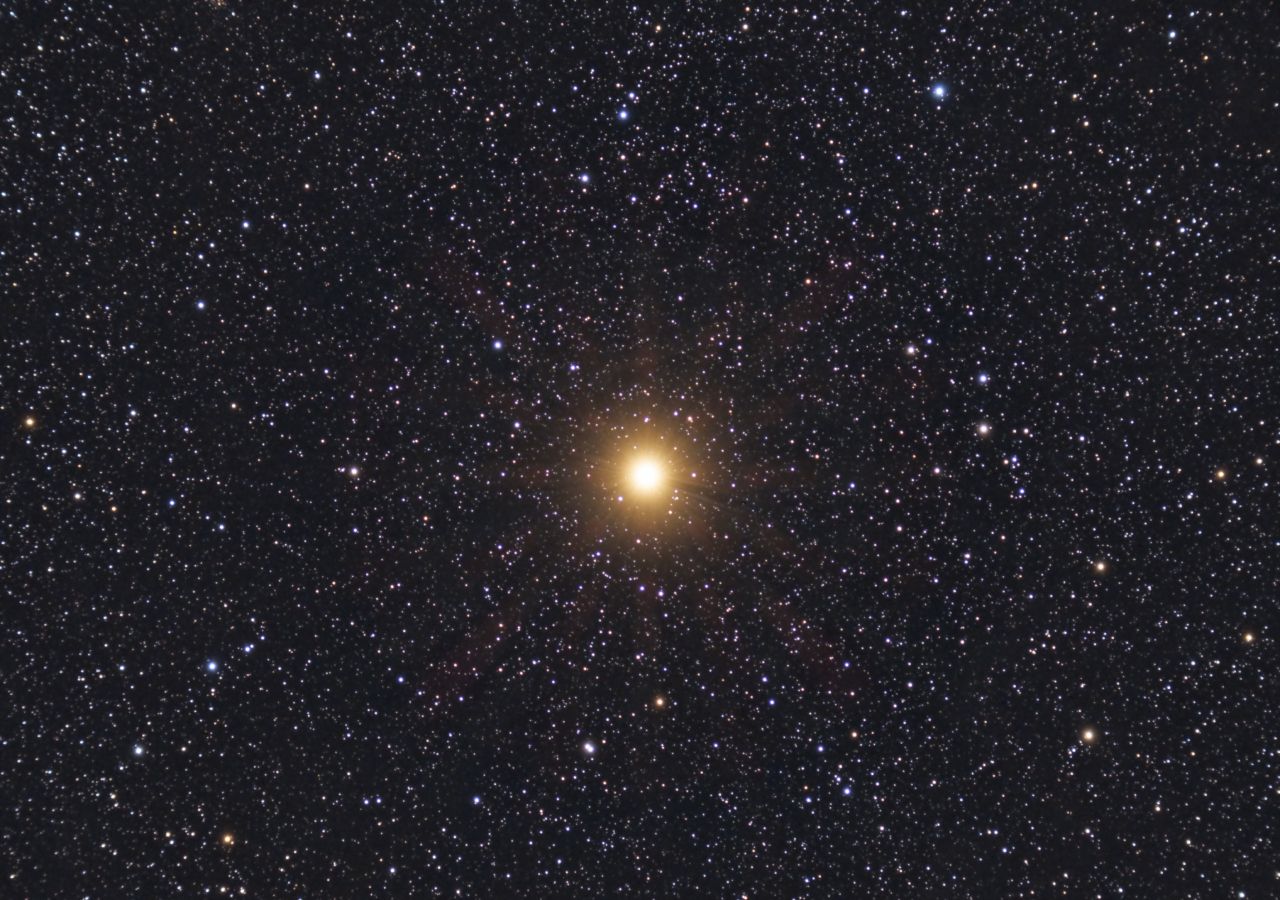This latest explanation, that Betelgeuse is moving faster than expected, is now supported by an international team led by astronomers from… Max Planck Institute for Astrophysics This has been questioned, suggesting that Betelgeuse's boiling surface could be mistaken for rotation even in the latest telescopes. Other astronomers are actively analyzing new observational data to test these hypotheses.
It can be considered one of the brightest stars in the Northern Hemisphere Betelgeuse can be easily seen with the naked eye in the constellation Orion Being found. He is one of the biggest known stars.
Its diameter is more than a billion kilometers, and it is about 1,000 times larger than the Sun. If it were in our solar system, it would engulf the Earth with an atmosphere that would reach Jupiter.
A star that size shouldn't be rotating that fast
As they evolve, most stars expand and spin downward to conserve angular momentum. However, recent observations indicate that Betelgeuse is rotating very rapidly (at 5 km/s), twice as fast as the evolving star.
The most prominent evidence of Betelgeuse's rotation comes Atacama Large Millimeter/Submillimeter Array (Alma). ALMA's 66 antennas work together as if they were one giant telescope.
A technique called interferometry is used a favour. Two or more antennas collect a signal from the universe and combine their efforts to analyze it to obtain information about the source of its emission.
Despite ALMA's techniques, it is still difficult to clearly understand what is happening on the surface of Betelgeuse.
It was discovered with this technique Astronomers have created a dipole radial velocity map in the outer layer of Betelgeuse: Half of the star seems to be approaching us and the other half seems to be moving away.
This observation and previous studies have led to the interpretation that Betelgeuse is rotating rapidly. This explanation would be obvious if Betelgeuse were a perfectly round sphere.
However, the surface of Betelgeuse is a living world governed by a physical process called convection. We can observe convection in our daily lives when we boil water, but in Betelgeuse this process is much more violent: The boiling bubbles can be as large as Earth's orbit around the Sun and cover much of Betelgeuse's surface. It moves up and down at speeds of up to 30 kilometers per second, faster than any manned spacecraft.
The boiling surface of Betelgeuse mimics rotation
Based on this physical framework, an international team led by Jing Zi Ma, a doctoral student at the Max Planck Institute for Astrophysics, now presents one An alternative interpretation of Betelgeuse's dipole velocity map: Betelgeuse's boiling surface mimics rotation.
A group of boiling bubbles rises on one side of the star and another group of bubbles descends on the other side. Due to the limited resolution of ALMA, these convective movements would be blurred in real observationswhich may lead to a dipole velocity map.
The team has developed a new post-processing package for assembling ALMA images and generating submillimeter spectra from 3D hydrodynamic simulations of red giant stars without rotation.

In 90% of the simulations, the star is interpreted to be rotating at a speed of several kilometers per second, simply because… More spacious Boiling movements occur The surface that cannot be clearly seen with the ALMA telescope.
To better evaluate Betelgeuse's rapid rotation, more observations are needed The team made predictions of future observations with higher spatial resolution. Fortunately, other astronomers have already made higher resolution observations of Betelgeuse in 2022. The new data is currently being analyzedWhich will test expectations and help unmask Betelgeuse.
Source note:
Ma J, Chiavasa A, Mink S, et al. Is Betelgeuse really rotating? ALMA synthetic observations of large-scale convection in 3D simulations of red supergiants. The Astrophysical Journal Letters (2024).

“Alcohol buff. Troublemaker. Introvert. Student. Social media lover. Web ninja. Bacon fan. Reader.”






More Stories
Ecologists Celebrate New Xesap National Park in Laos | Science
Is the wrong diet making you forget?
We can study it with a new telescope.